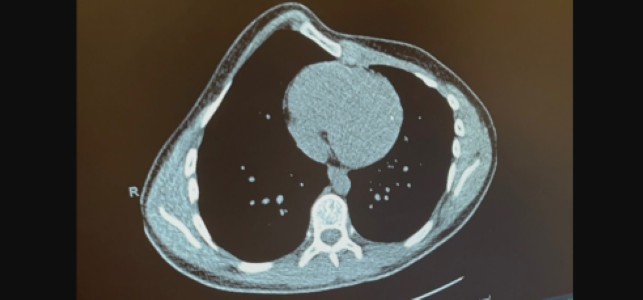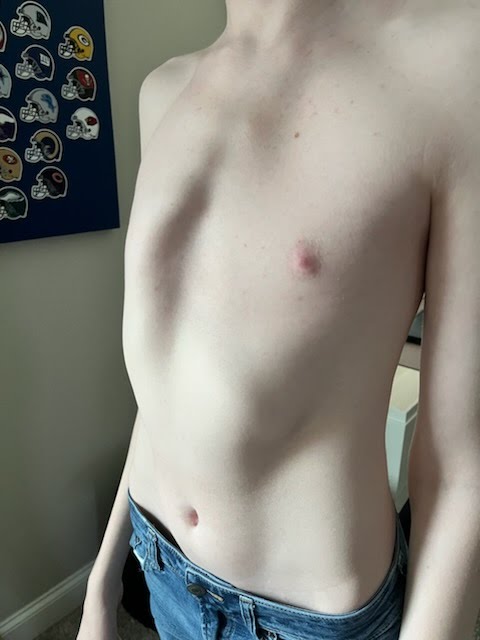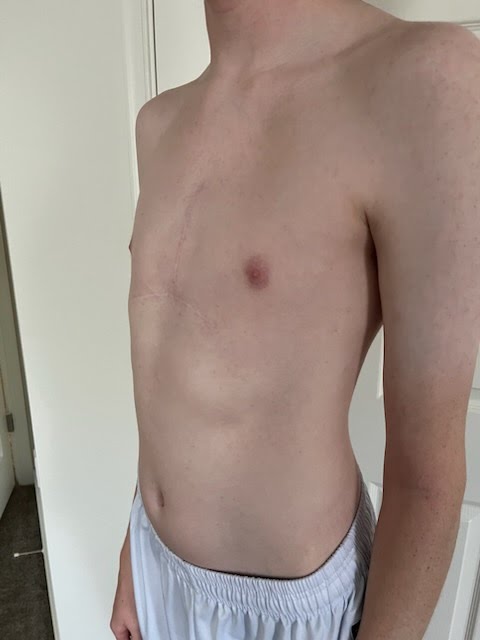
 Children and teens recover more quickly than adults and surgery isn’t always necessary
Children and teens recover more quickly than adults and surgery isn’t always necessary
Summer is here and kids are often eager to go to the pool for a break from the heat. But some may feel self-conscious taking their shirts off because the bone structure in their chests may look different from their friends. It’s also a time that parents may realize something isn’t quite right.
Chest wall deformities, either when the breastbone is sunken in (pectus excavatum) or it’s protruding (pectus carinatum), are relatively common and occur when the cartilage in the ribs and breastbone grow unevenly.
What can be done about chest wall deformities?
“If you notice an abnormal shape to your child’s chest, it’s important to bring it up with their pediatrician or primary care provider,” advises Dr. Frazier Frantz, medical director of our chest wall program. “They can decide if it's something to keep an eye on or, in the case of severe abnormality, they’ll make a referral for surgical intervention.”
What problems can chest wall deformities cause?
For kids, chest wall deformities can impact the things some love to do most—play or compete in sports.
“In young children, the chest wall is very flexible, so they’re usually asymptomatic. But these deformities can grow rapidly and in older children they can become associated with compression in the heart and lungs, the impairment of exercise capability and shortness of breath. Those are important symptoms to look for,” said Dr. Frantz.
If left untreated, these kids can become adults with hard-to-correct pain and stiffness in their chest and back, as well as issues that inhibit their cardiorespiratory function.
When is surgery needed?
“For pectus carinatum, most kids can be treated with an orthotic brace and won’t need surgical therapy. Similarly, for younger children with pectus excavatum, with flexible chest walls or deformities that are not deep, we have a non-operative treatment,” said Dr. Frantz.
That treatment is called vacuum bell therapy, which works like a large suction cup to lift the chest wall over time.
Those with more severe deformities may require surgery to correct the asymmetry.
“The mainstay of treatment for children who have pectus excavatum is surgery with the Nuss procedure, where we place a metal bar to realign the sternum back in its normal position,” said Dr. Frantz.
Adolescence is the time chest wall deformities can become more noticeable and can progress rapidly. If you notice it, or any symptoms, make sure your child’s doctor is aware.
Learn more about CHoR’s chest wall program.
